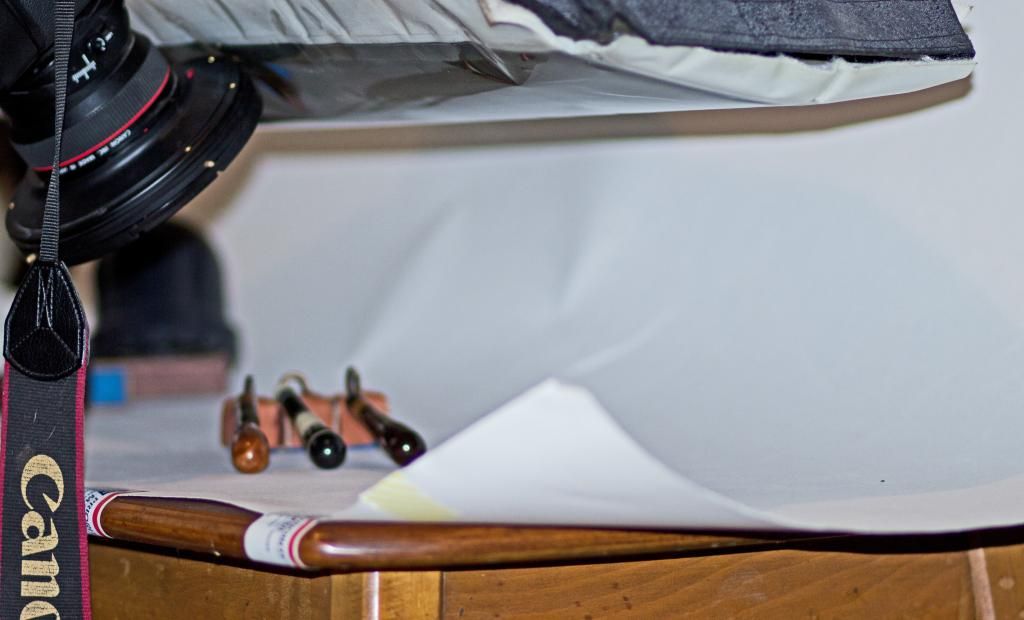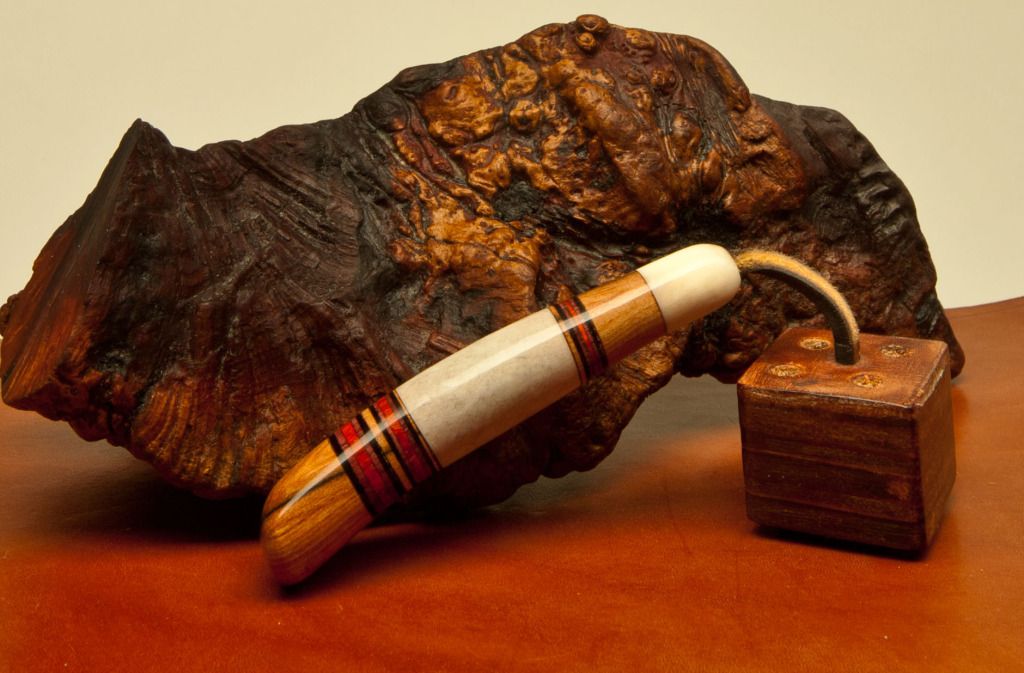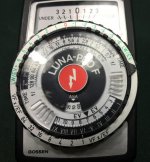Small lighting source leave hard shadows with sharp edges like the sun ( hard lighting )
large light or reflected light or scattered light doesn't leave a shadow.
All lighting that is
Emitted ( Continuous Florescent Lighting ) ( CFL ) is polarized light.
Scattered (Clouds, light passing through cloth or paper, dust smoke)
Refracted ( Light passing through Glass water plastic ).
Reflected ( light that has been bounced off of anything) Like the moon.
The light now has Electromagnetic polarized Waves attached to it like a parasite,
So if you have a reflector or a light softener under your pool table lighting then your lighting is now Polarized light.
To be exact electromagnetic Polarized wave's. ( EMPW ).
When EMPW strike all non metallic smooth surfaces it creates Electromagnetic polarized reflection AKA ( Glare )
There is also direct reflection and UV reflection and the study of light which could be talked about for decades...
For any reason you feel that you have a reflection or glare issue , you can stretch linear polarized film over or actually under your lighting and it will remove the glare from the pool balls and rails .......
http://www.polarization.com/polarshop/
Just info.............
I don't quite understand this, but that's ok....
Question: If I build a light box with the following components in order from the ceiling to the table:
1. Light source
2. Polarizing film
3. Grate
Will the light be polarized when it leaves, and be the good way not to cause glare? Or does that polarizing film have to be the last thing and closest to the table?
Thanks.




